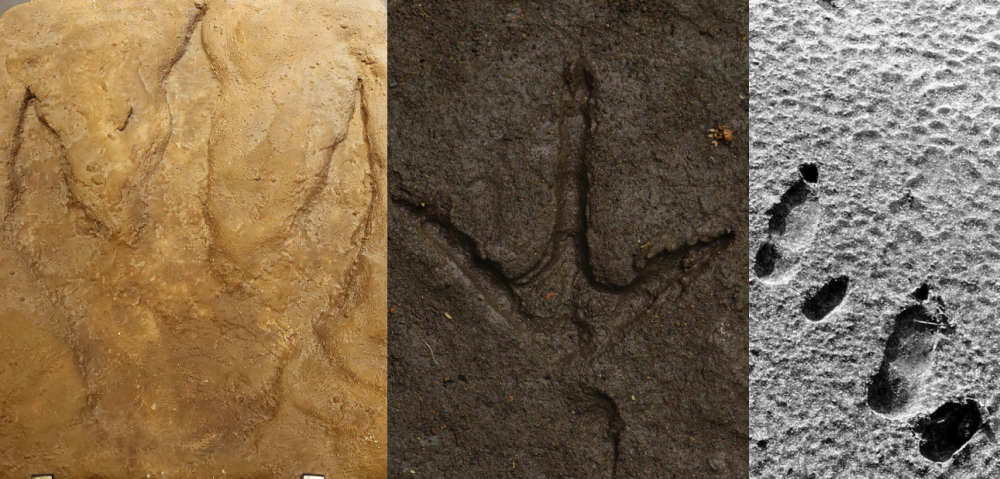There’s an incredible meme that depicts a chicken looking to the skies Simba style and being met with a Tyrannosaurus rex saying “Remember who you are.” It’s a fantastic visual and one that carries some truth, because the closest living relative to T. rex could well be a chicken, or possibly an ostrich.
This was the big news that followed a 2008 study that used proteins extracted from dinosaur bones to see how closely the molecular data compared to living animals. The idea that dinosaurs might be related to birds wasn’t news at this point, but we didn’t have evidence to prove it beyond anatomical similarities and skeletal data.
So, armed with the bones of a 68-million-year-old T. rex, the team extracted the protein collagen, something that’s found in the bones of animals alive today. This in itself was quite the discovery as it was the first time we realized how long this protein could survive for, so it represented an unprecedented opportunity to analyze dinosaur tissues.
The collagen was detected using mass spectrometry, and the resulting peptide sequences could be used in a molecular analysis to search for similarities between it and the collagen of 21 extant species. The team then used these results to create family trees that could paint a picture of T. rex’s relatedness to the various animal groups. These trees came together in a myriad of ways, creating multiple results that could be compared against one another.

A T. rex footprint (left) compared to that of a chicken (middle), and an ostrich.
Most of their approaches placed T. rex firmly within the Archosauria, which is a group shared by birds and crocodilians, but it was leaning in favor of the birds. This means the collagen itself most closely resembled that of chickens and ostriches, rather than those very dinosaur’ish-looking crocodilians, though the authors did express that there were gaps in the data that made it hard to create a full picture.
So, it seems we come to the big question: What is the closest living relative to T. rex? From what we know so far, it’s a bird, most likely either a chicken or ostrich.
At last, it seemed the birds are dinosaurs debate had been settled, as the authors concluded that if similar biomolecules for non-avian dinosaurs were processed in the same way, they too would reveal a higher degree of similarity with birds than any other vertebrate.
“Our results at the genetic level basically agree with what has been seen in skeletal data,” study author John M Asara of Harvard University told the New York Times when the news broke. “There is more than a 90 percent probability that the grouping of T. rex with living birds is real.”
The result will no doubt make sense to anyone who’s ever lived with chickens and seen the remarkable way they run, whether in an attempt to flee or in pursuit. So, next time you see one, you best give it the respect it deserves.
And in case you’re wondering, “Wait, does that mean birds are dinosaurs?” We’ve got the answer for that, too.
Source Link: What Is The Closest Living Relative To T. Rex? You Might Be Surprised